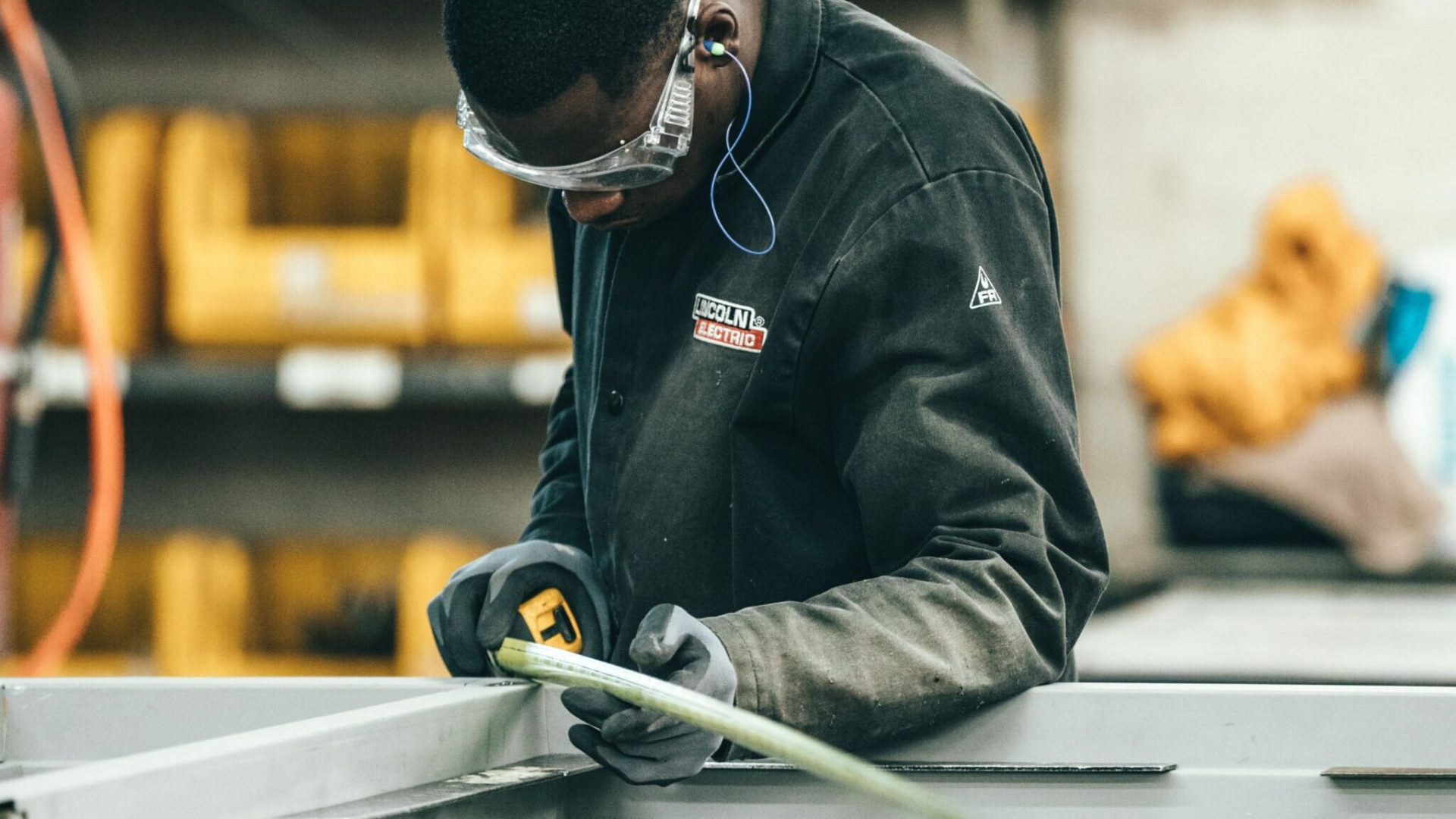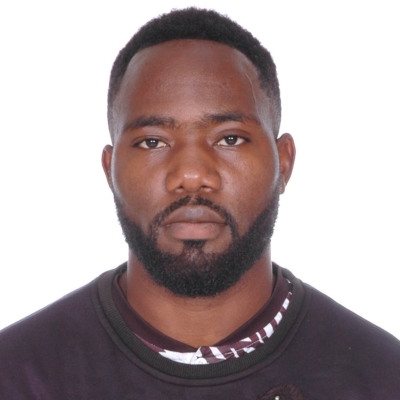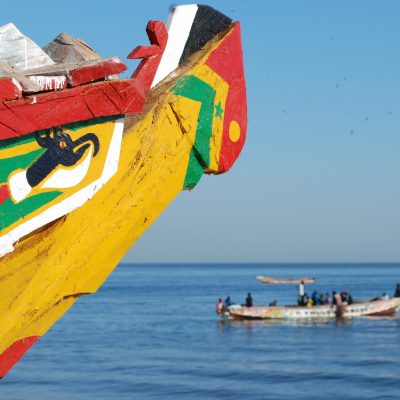
Comparing Thiès and Bambey
Quick Facts:
Population:2,213,000 (Thiès) (2020) and 299,000 (Bambey) (2011)
Top Industries: Industry and Agriculture, Transportation, Textiles
In the following article we will do a point-by-point comparison of two cities in Senegal: Thiès and Bambey. We chose to highlight these cities because, in spite of their nascent startup growth prospects, they have a considerable industrial and agricultural sector.
While having a good reputation as an innovative agricultural and horticultural hub, Thiès is a small town with a limited number of startups. Thiès scores 33.16 on the SFI, mainly due to its poor Human Capital performance ranking at 49.71, poor Talentpool at 20.96, mediocre Finance set up at 23.92 and poor Market Index at 20.62. It is worth mentioning that Thiès performs the worst among all Senegalese cities based on our global SFI index, however, it performs relatively well compared to other cities in the MENA region.
Nonetheless, Thiès is an important town in Senegal. It is known as an industrial hub and transportation hub, for its massive livestock and local tapestry, and also as a dissident town and a city that spearheaded the pre-independence labor movement that helped shape the current day Senegalese labor unions.
Bambey is a small town that despite only being a fraction of Thiès’ size shares many characteristics with the larger city. Bambey’s higher score of 33 on the SFI can be attributed to a better Human Capital at 52, a better qualified Talentpool scoring 28 and a higher number of university students per inhabitant at 32 per thousand.
Thiès’ emergence as an energy hub for Senegal
With a massive rural exodus and “uncontrolled urbanization” in Dakar, the country’s capital witnessed a saturation that acted as a hindrance to its growth and development in recent years. With that in mind, the local government has been trying to improve the living conditions of its 3 million inhabitants and contain its demographic growth. The ultimate strategy used in achieving this was to relocate both people and economic activities to the nearby city of Thiès.
As such, the city became attractive for executives wishing to resettle, those who wanted another place to retire and even private companies who wished to relocate or open new plants and offices. Within a few years, Thiès grew from a population of 283,000 in 2006 to one million in 2020 .
With this rapid rate of urbanization, Thiès developed into the most important industrial hub of the country. A diverse number of industries have moved to Thiès, including mining, the cement industry, farming, energy, and others. Major international corporations have also settled in Thiès. A good example is Nigerian company Dangote, which relocated to Thiès in 2014, and is one of Africa’s biggest producers of cement.
More importantly, there is a growing renewable energy hub. According to APA News, of the 9 power plants (solar and wind) that supply energy to the country, 6 of them are located within the Thiès region . Research shows four factors responsible for Thiès being a champion in renewable energy in Senegal and West Africa:
1. Abundant natural resources (wind and solar irradiation).2. Ease of logistical parameters and proximity to Dakar.
3.The availability of evacuation stations paired with the high voltage line of SENELEC (Senegal’s National Electricity Company) that favors cost optimization in the transportation of energy and;
4. High government support and investment into the city of Thiès and its industrial sector.
The involvement of this particular industry is important to Thiès as it contributes to a cleaner and safer energy. This can also be seen on the SFI where Thiès has the best score among Senegalese countries for Power Outages with a score of 97.22 (a high score indicates that the city has few problems with power outages).
We can also argue that the high use of renewable energy provides a higher quality of water as study shows that it may help reduce the cost of energy and increase the provision of sustainable water due to its low environmental impact. In this case, Thiès scored 94.44 for Water Supply Quality, making it the second best city in Senegal after Saint-Louis which scored 100. This sector is a fundamental boost for Thiès’ above average score in the Utilities subdomain as it ranks second among Senegalese cities (even better than Dakar) at 67.61. Taking other African cities into consideration, there is still room for improvement when looking at cities like Kumasi scoring 71.41 or Khartoum scoring 79.92 on the Utilities subdomain. The main reason for this difference is the poor performance in the Pollution index for Senegalese cities, 9.39 as compared to a score of 74.31 in Ghana for example. More should be done to reduce the pollution levels not only in Thiès but also nationwide.

In contrast, Bambey stands out as an agro-hub
As a relatively small city in Senegal, Bambey’s economic activity is largely dominated by its agricultural production. In contrast to Thiès, locals from the region of Diourbel in general and Bambey in particular have a remarkable culture and are known for their successful business creation skills across the nation. Coumba Diop, Head of Innovation and Youth Insertion at Alioune Diop University, mentions that “one of the things that sets Bambey apart from other Senegalese cities is their national reputation for their business-building skills. There are numerous ventures created in Bambey and oftentimes, they expand to other regions in Senegal”.
Bambey is increasingly emerging as a startup hub, as it has some newly created institutions that center around startup promotion and increasing human capital. Diop laments that, despite progress, ”for a long time, Bambey was the only startup town and regional headquarter to not have a university”. The local university was only founded in 2007. “The university organizes programs like hackathons, challenges, startup competitions,” she mentions, highlighting the importance of having a university to spark startup life. These activities all contribute to the ecosystem in terms of human capital and startup activity.
Most startups in Bambey, however, are more inclined towards the production of primary resources and agriculture. One big reason for that is its proximity to the nearby city of Touba, which is known as a holy city popular with pilgrims. During religious festivals, there is a high demand for food and similar commodities. This puts agricultural entrepreneurs in a favorable position to sell their products as Touba represents a big market as one of the biggest cities in Senegal. The agricultural hub has grown in Bambey as a result of this factor and the main economic activity will likely remain the primary sector in the years to come.
It is worth mentioning that entrepreneurs and SMEs in both towns are beginning to switch to better engineering techniques and are adopting technology to achieve larger scale outputs. This represents an opportunity for innovative startups, such as those that are attracted to events organized by the Chamber of Commerce and Industry (CCIST) in Thiès, for example. The CCIST is a state institution that empowers entrepreneurs and SMEs by organising training sessions in leadership and management, informing the ecosystem about relevant and current opportunities, assisting entrepreneurs in drawing up their business plans, orienting them as well as assistance in obtaining subventions to increase production and output. The CCIST is specialized in assisting entrepreneurs in the specific industries of agriculture, transport and tourism.
On the road to a developed talent pool and labor force
Bambey received one of the highest scores in the country due to the contributions of the students from its Universities (SFI score of 8.27). This contributes to the Skilled Workforce in the ecosystem as it outperforms Thiès on this level in the SFI (56 versus 14 for Thiès). Coumba Diop also adds that university activities such as hackathons, competitions (known as ‘concours’), awards, prize challenges, and competitions contribute to the skills of the students. However, the challenge remains that the University of Bambey is the only state university without an incubator in the country. It is enpact’s goal to collaborate with the university to create an incubator to empower student entrepreneurship.
Difficulty acquiring startup financing
While Thiès ranks in the midrange on the SFI Finance domain, Bambey is the most difficult town to secure financing as a startup in Senegal. Bambey scores 16.73 in the Finance domain as compared to Thiès’ 20.77. As one of the smallest regions, Bambey doesn’t have a large number of companies or financial institutions that could attract investors. Coumba corroborates this, saying “despite the presence of infrastructure and government institutions geared towards supporting entrepreneurship and startups and the resources allocated, there are not as many as those present in bigger towns”.
In contrast to other cities where financial support is larger, not much financial support is provided by the state. Coumba confirms that, “more and more missions and responsibilities are added to the university but without substantial funding to support these activities”. In that same light, Coumba added that “most cities have branches of banks and other institutions, but Bambey doesn’t really have banks […] the banks are located about 30 km away from us. But we have lots of MFIs in the area”.
In Thiès, on the other hand, in addition to government support of the industrial activities, there is additional funding that may come from international corporations. According to Afrique IT News, the USAID (United States Agency for International Development) financed three startups with a total funding of $9.9 million . Within the USAID’s West Africa Trade and Investment Hub program, these projects were funded to provide assistance in developing an e-commerce platform, boost capacity of production, and the industrial transformation of agricultural products.
The sector specific startup scene
Thiès, being a pure industrial city, is driven towards agricultural and industrial innovation rather than tech startup activities. In this regard, the city has only a few startups. Thiès scores a 1 in the Hubs indicator as there is only a number of coworking spaces (4.51) to account for. Bambey scores a 0 on this subdomain as most startups still remain informal and are run as family businesses. There is also no record of startup activity in Bambey according to our indicators. However, there are meetups and agro-pastoral shows as well as hackathons organized within the framework of universities. As the only university without an incubator, Coumba shares her long term vision as she mentions “when I see that there is finally an incubator, built, fully operational and inaugurated, then I can leave”.




